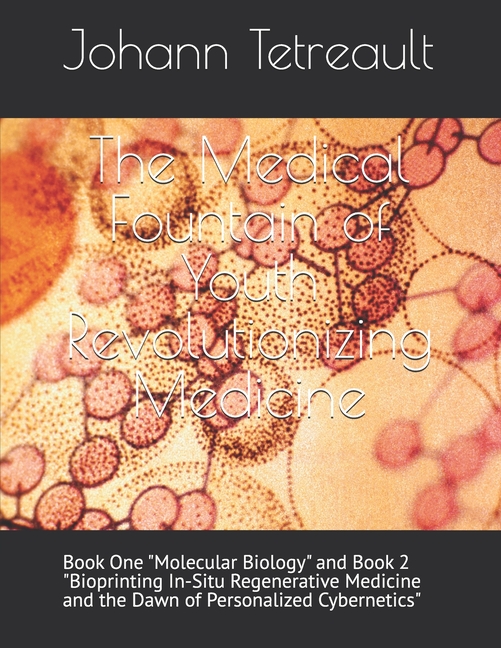Description
This book outlines the evolution towards in-situ bioprinting-repairing or replacing tissues directly inside the body using a patient's own cells. We detail the science enabling this: sourcing autologous cells, leveraging induced pluripotent stem cell (iPSC) technology to avoid immune rejection, and designing personalized bioinks tailored to specific needs. The text confronts the immense engineering challenges of creating miniaturized, precise in-situ bioprinters guided by real-time imaging, and the critical biological hurdles of achieving functional blood supply (vascularization) and nerve connections (innervation) within the printed constructs.
Beyond simply restoring function, we explore the potential for bioprinting enhanced tissues and organs, from rejuvenated skin to theoretically superior organs, and even the speculative concept of whole-body regeneration. The book addresses the intersection with cybernetics and the associated ethical considerations. Finally, it concludes by mapping the necessary steps-encompassing research priorities, technological development, patient care protocols, and regulatory navigation-to translate this transformative vision of personalized, in-situ regenerative medicine into clinical practice.
Product Details
- Apr 17, 2025 Pub Date:
- 9798280366534 ISBN-10:
- 9798280366534 ISBN-13:
- English Language




